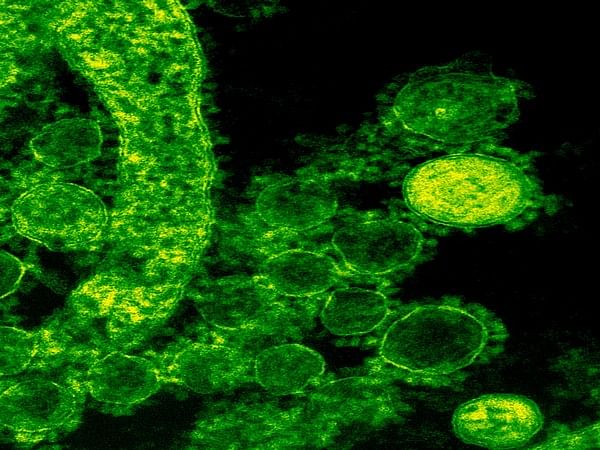Washington [US], August 3 (ANI): Antibiotic resistance is a matter of common knowledge. And the same phenomenon also occurs with drugs against pathogenic fungi. What causes it is still not very well understood.
“The results are highly relevant for combating fungal infections in clinical practice, veterinary medicine and agriculture,” says Professor Ulrich Kuck, Senior Professor in General and Molecular Botany at RUB. He cooperated on the project with the Bochum researcher Dr Tim Dahlmann and the team headed by Professor Dr Joe Heitman, who is currently based at Duke University in North Carolina and has been a visiting professor at RUB on several occasions.
Number of fungal infections on the rise
“In the western hemisphere, the number of people with a lowered immune defence is increasing, because life expectancies are rising rapidly and treatment with immunosuppressants after organ transplants is becoming more common,” explains Ulrich Kuck.
“This is associated with an increase in fungal infections.”
Cryptococcus neoformans is one of the most significant human pathogenic fungi responsible for so-called cryptococcosis. It triggers acute infections in immunocompromised patients, and the mortality rate may be as high as 70 per cent. This is because fungal strains that are resistant to the drugs often evolve in hospitals, which makes treatment more difficult. So far, it was unclear which cellular and genetic mechanisms lead to this resistance.
So-called transposons, however, were known to play a role in the resistances. Transposons are jumping genes, i.e. DNA segments that can change their position in the genome and thus affect the function of genes. If a transposon jumps into a gene that’s critical for susceptibility to a drug, it’s possible for resistance to emerge. The mobility of the transposons is controlled by regulatory RNAs, so-called small interfering RNA, or siRNA for short.
RNA mechanism causes resistance
In their current study, the researchers discovered gene mutations in resistant isolates that led to siRNA control being switched off. By introducing an intact copy of the gene, it was possible to restore siRNA control; as a result, the researchers were able to prevent the transposons from jumping and shed light on the cause of resistance. Due to their small size, the gene segments that code for siRNAs are not easy to find in the genome. Tim Dahlmann managed to locate them with special bioinformatic analyses. By identifying the resistance mechanisms, it will be possible to use them for the treatment of mycoses in humans in the future. (ANI)
This report is auto-generated from ANI news service. ThePrint holds no responsibility for its content.



